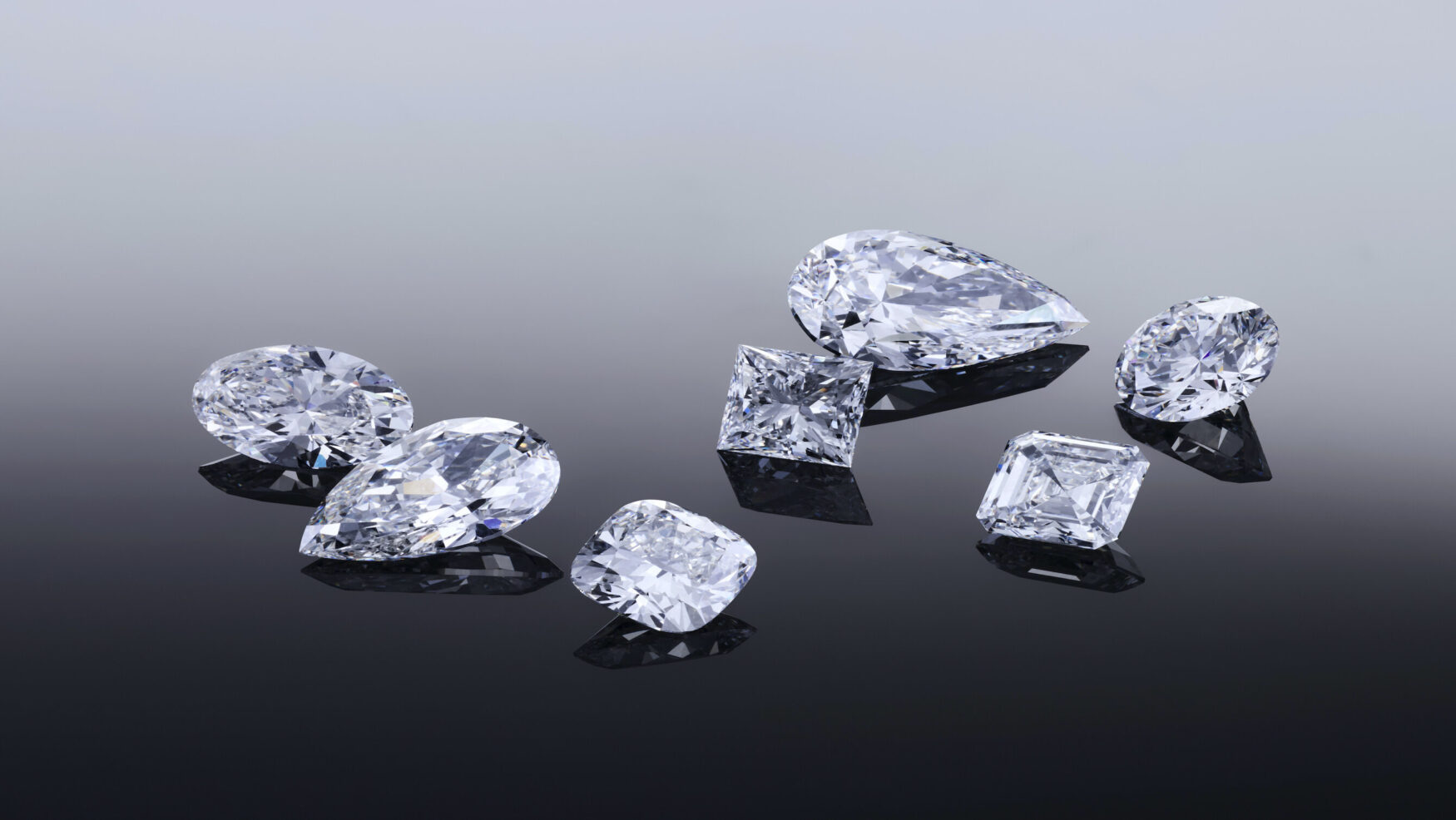
Table of Contents
Introduction
At any point considered what makes lab grown diamonds so special? With their astonishing shimmer and ethical allure, they’re stirring up the universe of gemstones. In any case, there’s more going on than might be expected. This article takes you on a profound plunge into the fascinating universe of lab grown diamonds, uncovering their secrets, benefits, and the future that lies ahead.
What Are Lab Grown Diamonds?
Definition and Outline
Lab grown diamonds, now and then called synthetic or cultured insider story of lab grown diamonds better, are genuine diamonds created in a controlled laboratory setting. Not at all like normal diamonds formed more than great many years, these pearls are produced inside the space of weeks or months. However, don’t let the expression “synthetic” fool you — these diamonds are chemically and physically identical to their mined counterparts.
History and Development
The concept of creating diamonds in a lab isn’t new. In fact, it traces all the way back to the 1950s. Scientists have been experimenting with high tension and high temperature to create diamonds, however it was only after the 2000s that lab grown diamonds began acquiring prevalence. Advances in technology have made it conceivable to produce diamonds that are affordable as well as ethical.
How Lab Grown Diamonds Are Made
High Strain High Temperature (HPHT) Strategy
The HPHT technique mimics the regular conditions under which diamonds form. Carbon is subjected to outrageous strain and temperature to form a diamond crystal. Think about it like recreating the World’s core in a lab. This process is exceptionally controlled, and the outcome is a diamond that is indistinguishable from regular ones.
Chemical Fume Affidavit (CVD) Strategy
CVD is a piece unique. In this strategy, a diamond seed is placed in a chamber where carbon-rich gases are introduced. The gases separate and store carbon particles onto the seed, growing a diamond layer by layer. Envision it like structure a cake each layer in turn, however rather than frosting, it’s carbon particles.
Comparison of HPHT and CVD
The two strategies produce top notch diamonds, yet they have various characteristics. HPHT diamonds often have a more normal color and may contain metallic inclusions, while CVD diamonds are generally cleaner and have less inclusions. Each strategy enjoys its benefits relying upon the ideal outcome.
The Science Behind Lab Grown Diamonds
Carbon Iota Structure
Diamonds, whether normal or lab grown, are made up of carbon molecules organized in a crystal lattice. This structure is what gives diamonds their incredible hardness and brilliance. In lab grown diamonds, this lattice is identical to that of normal diamonds.
Reproducing Regular Conditions
Creating a diamond in a lab includes reenacting the outrageous conditions tracked down profound inside the Earth. This includes high strain, high temperature for HPHT diamonds, and a carbon-rich environment for CVD diamonds. The outcome is a gemstone that is chemically and physically equivalent to a characteristic diamond.
Advantages of Lab Grown Diamonds
Ethical and Environmental Impact
One of the greatest benefits of lab grown diamonds is their ethical and environmental advantages. Not at all like mined diamonds, which often include destructive mining practices and contribute to conflict, lab grown diamonds are produced in a controlled environment with negligible environmental impact. They are likewise without conflict, settling on them a more mindful decision.
Cost-Effectiveness
Lab grown diamonds are for the most part more affordable than regular diamonds. This is because of the reduced cost of production and the disposal of mining and distribution costs. You can get a bigger or greater diamond for a similar price as a more modest normal one.
Comparison with Mined Diamonds
While mined diamonds have customarily been viewed as the standard, lab diamonds offer a compelling other option. They are more affordable, environmentally agreeable, and comparably gorgeous. For many consumers, these advantages offset the conventional charm of mined diamonds.
Misconceptions and Misconceptions
Lab Grown versus Normal Diamonds
A common misconception is that lab grown diamonds are some way or another mediocre compared to regular ones. Actually, they are similar regarding physical and chemical properties. The main difference is their starting point. Lab grown diamonds are similarly pretty much as genuine and significant as normal diamonds.
Quality and Solidness
Another legend is that lab grown diamonds are less sturdy. This is just false. Lab grown diamonds are similarly all around as hard and solid as regular diamonds. They can withstand similar degree of mileage, settling on them an extraordinary decision for regular gems.
Market Patterns and Consumer Preferences
Rising Fame
The fame of lab grown diamonds is on the rise. More consumers are becoming mindful of the ethical and environmental advantages and are choosing lab grown diamonds over conventional ones. This pattern is expected to continue as mindfulness develops and technology gets to the next level.
Changing Perceptions
Consumers’ perceptions of lab grown diamonds are changing. What was once considered a niche market is currently becoming standard. This shift is driven by increased education about the advantages of lab grown diamonds and their developing acceptance in the adornments business.
Influence of Recent college grads and Gen Z
Recent college grads and Gen Z are particularly persuasive in this shift. These more youthful ages are more concerned about ethical issues and environmental impact, making lab grown diamonds an attractive choice. Their preference for maintainable and mindful products is driving the market forward.
The Fate of Lab Grown Diamonds
Technological Advancements
The fate of lab grown diamonds is splendid, with continuous technological advancements making production much more efficient and cost-effective. Advancements in both HPHT and CVD techniques are probably going to work on the quality and assortment of lab grown diamonds available.
Market Predictions
As technology advances and consumer preferences continue to move, the lab grown diamond market is expected to significantly develop. Predictions recommend that lab grown diamonds could become the prevailing choice for many consumers before very long.
Likely Challenges and Valuable open doors
While what’s in store looks promising, there are challenges ahead. These include market immersion and competition from other gemstone options. Nonetheless, the open doors for development and advancement in the lab grown diamond sector are significant, making it an exciting region to watch.
Conclusion
Lab grown diamonds are something beyond a pattern — they address a significant change in the gems business. With their ethical, environmental, and economic advantages, they are reshaping our opinion on diamonds. As technology continues to develop and consumer preferences shift, lab grown diamonds are poised to become a pillar in the realm of gemstones. So whenever you’re on the lookout for a diamond, consider going lab grown — a choice shines with both magnificence and obligation.





